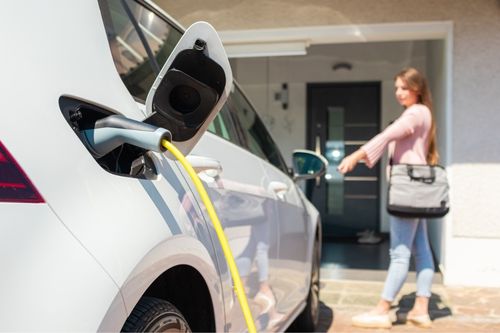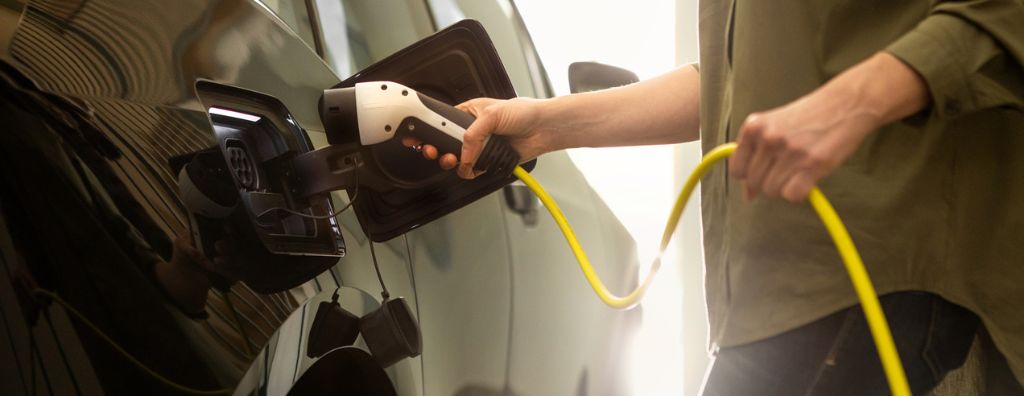Many have made the switch from gas-powered to electric vehicles (EVs). They help to make a household more sustainable by reducing its carbon footprint, cut down on gas costs, and present a variety of technological solutions for modern home life. With more EVs being produced by a greater number of auto manufacturers than ever before, their driving range is constantly improving; most models can travel hundreds of miles with a full charge. As a homeowner, there’s a specific to-do list you’ll want to complete before welcoming an EV into your home.
Preparing Your Garage for an Electric Vehicle
By giving your garage a simple makeover, you’ll be set up for success as an electric vehicle owner. An EV is nothing without a charged battery, so your home charging station should take precedence when reorganizing the space. As EVs continue to grow in popularity, more remote charging stations are popping up across the country. However, it is advised not to rely solely on remote charging. Having a charging station at home is simply more convenient and will ensure that your vehicle is never far from the power it needs.

Image Source: Getty Images – Image Credit: 24-K Production
Setting Up a Charging Station
To charge your vehicle, you’ll need the proper electrical setup. You’ll have two options: either a 120- or 240-volt amp outlet.
Though 240-volt outlets are more expensive and require a more involved installation process that includes applying for and obtaining a permit, they charge faster than 120-volt outlets. 240-volt outlets also put added strain on a property’s electrical supply, so you may need to hook up a new service line to accommodate for the added voltage.
It is common for garages to already have a 120-volt outlet installed, so no additional installation work may be needed if you decide to go that route. Electrical installation is usually outside the realm of DIY home projects, so be sure to talk to a local licensed electrician for advice.
- Follow manufacturer instructions for installing your EV charger. In general, it’s preferable to have the charger three to four feet off the ground and no more than four feet from the outlet.
- Cold temperatures can adversely affect charging times, so it’s important to properly insulate your garage. Insulate as necessary before purchasing your EV so everything is squared away by the time your vehicle arrives.
- Keep the charging station easily accessible by clearing out any other items or clutter in the area.
Security Measures
An EV charger is a valuable item, which is all the more reason to make sure your garage is protected. If your home is already well equipped from a safety and security standpoint, you’ll want to extend coverage to your garage to protect your new investment. Home security cameras and alarm systems will help to ensure that, at the very least, you’ll be notified of a break-in.
